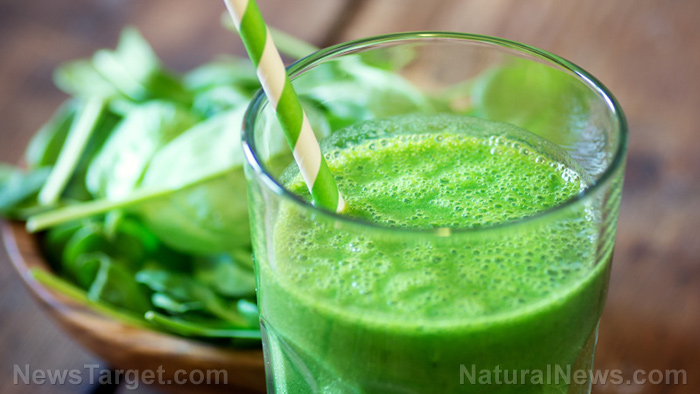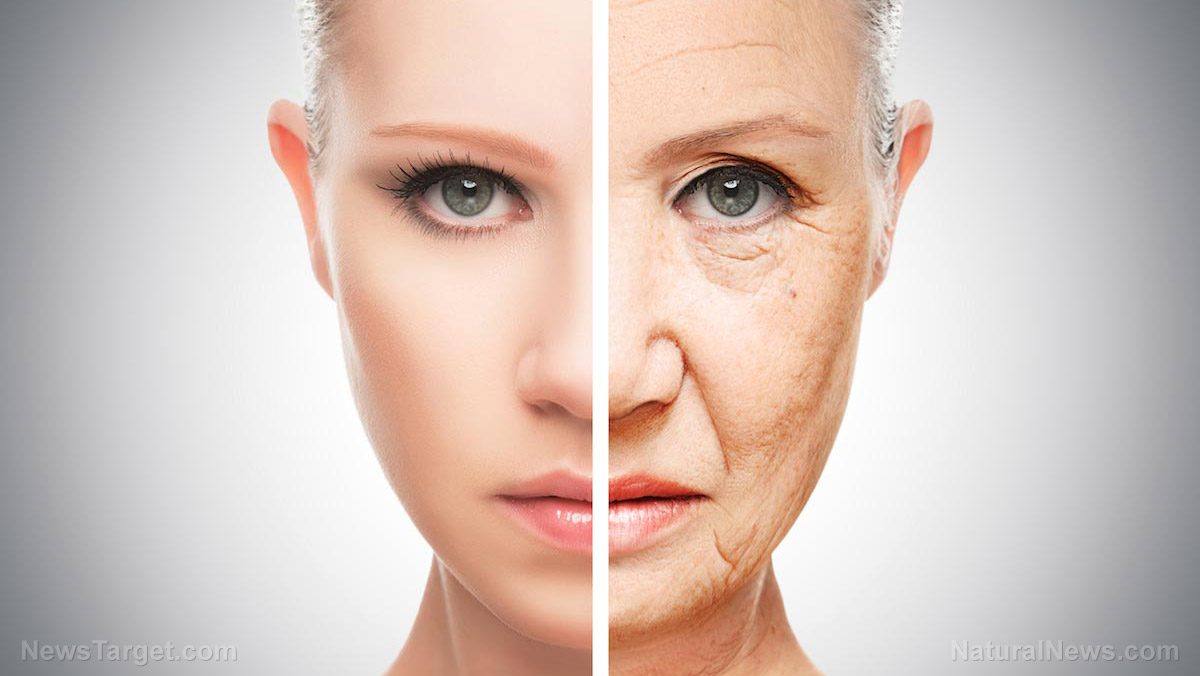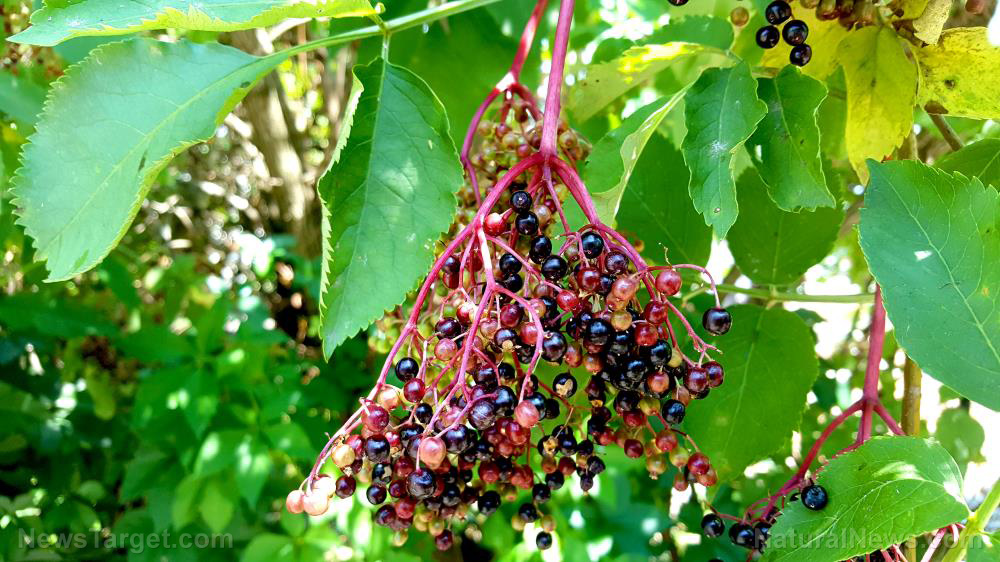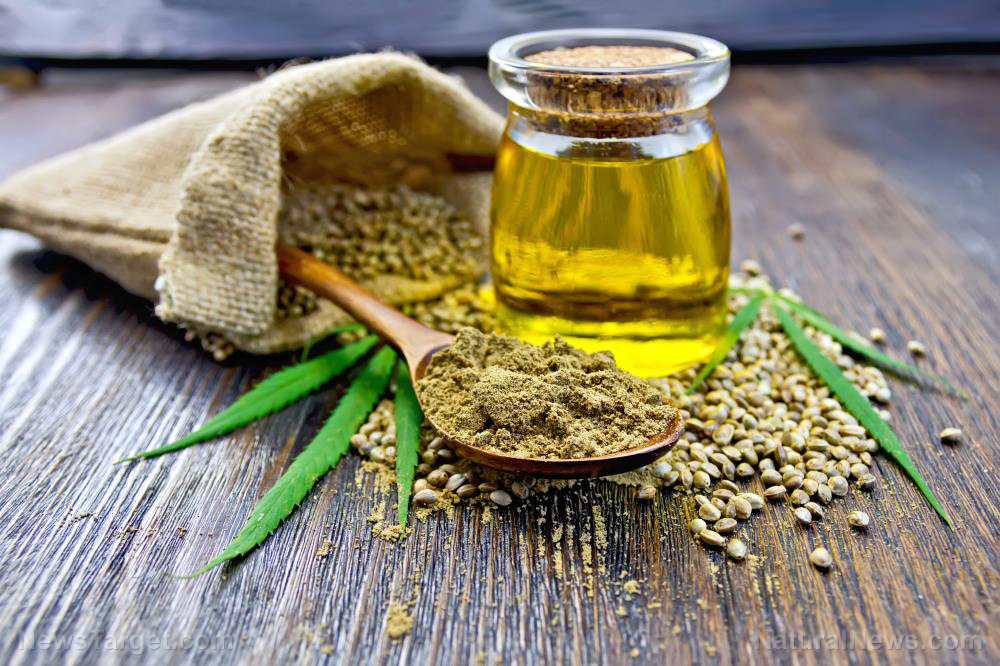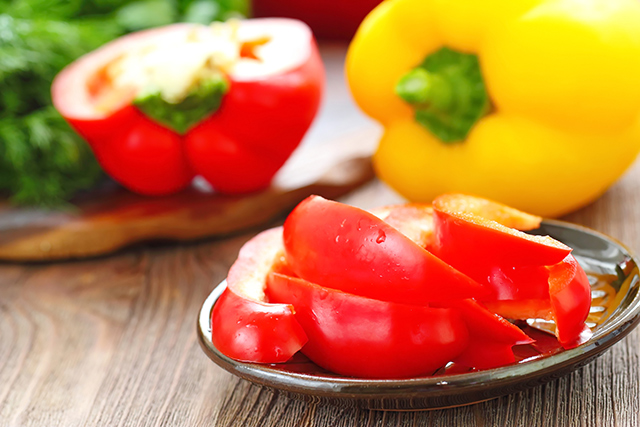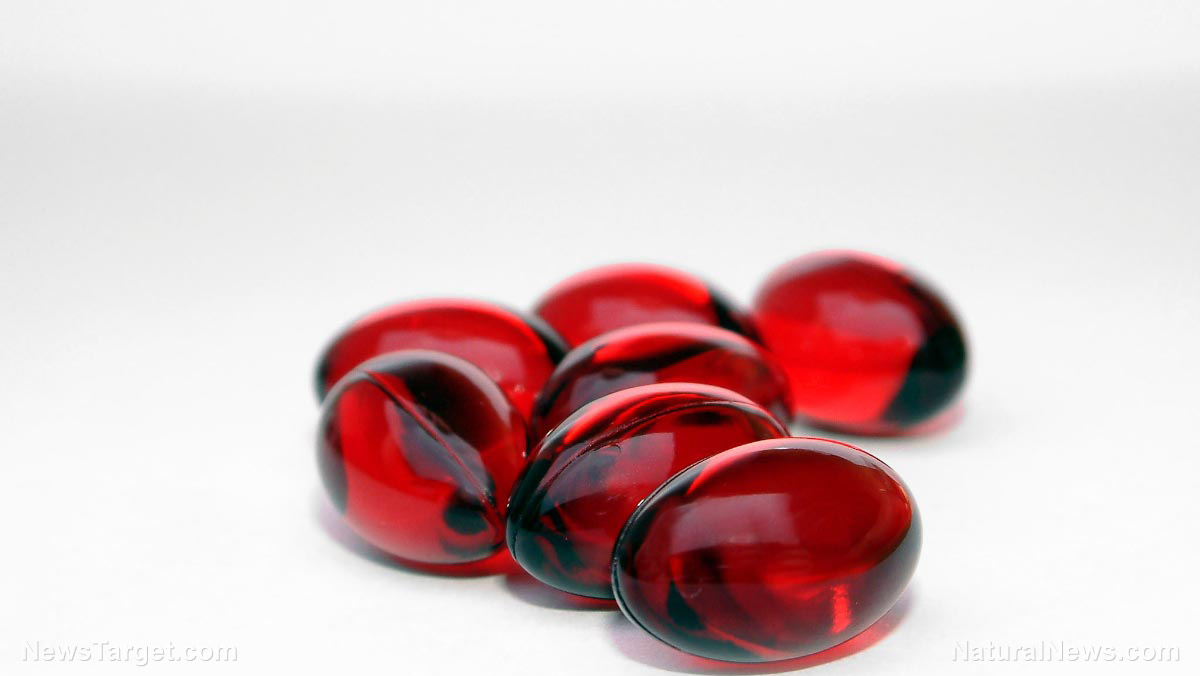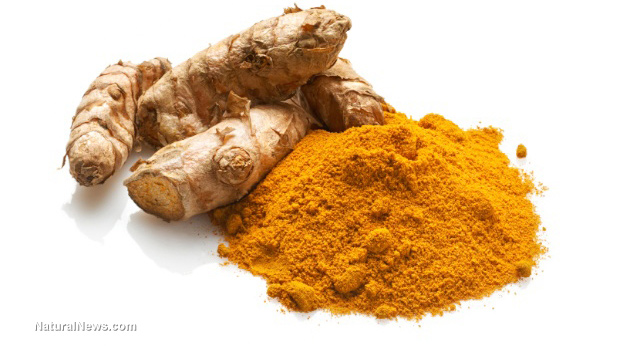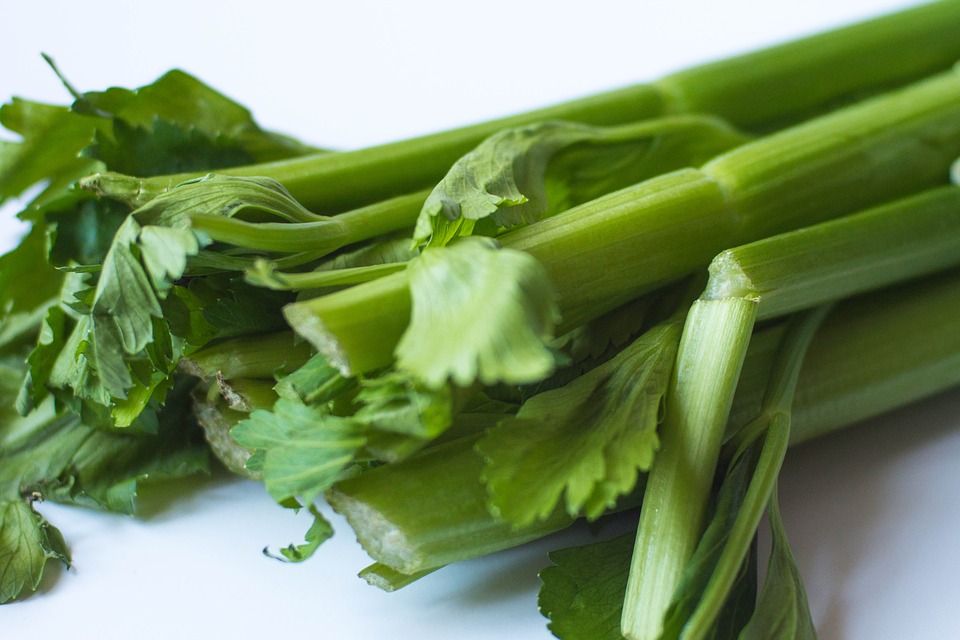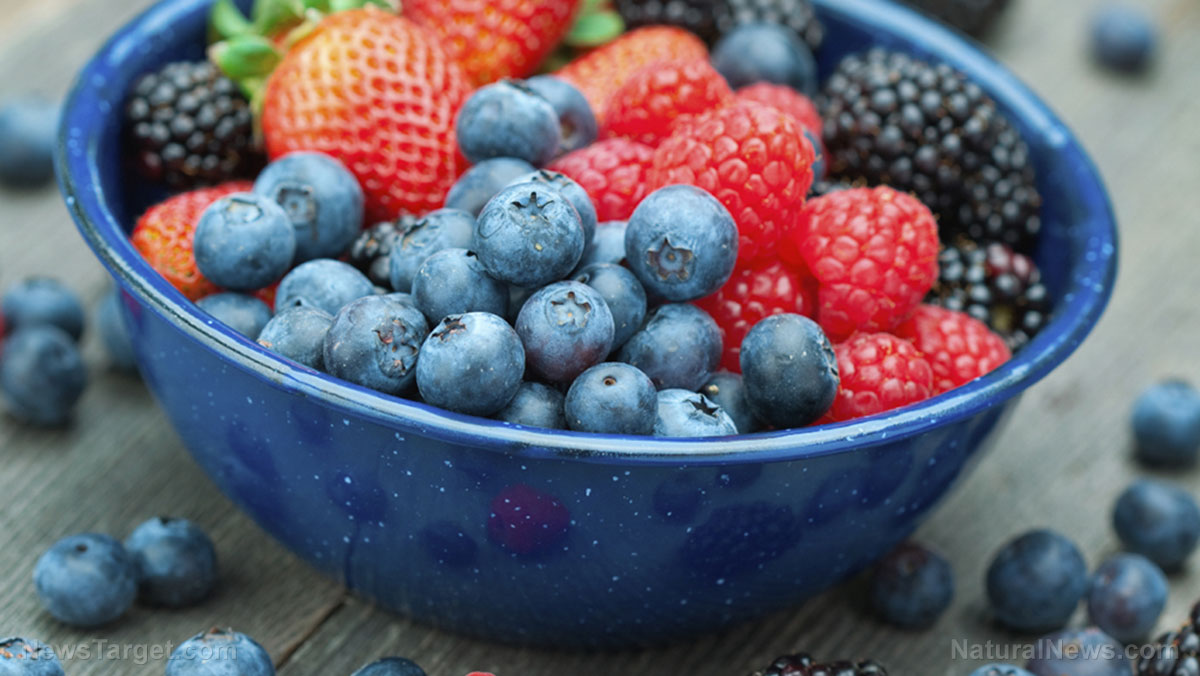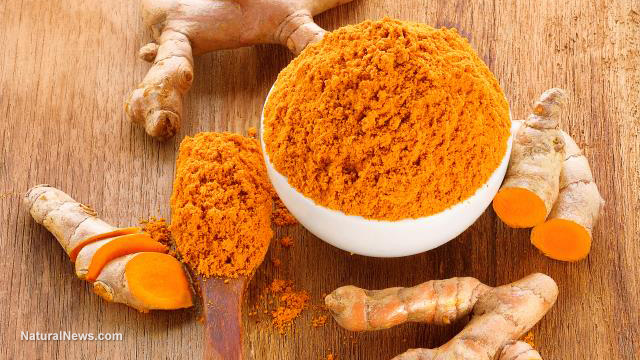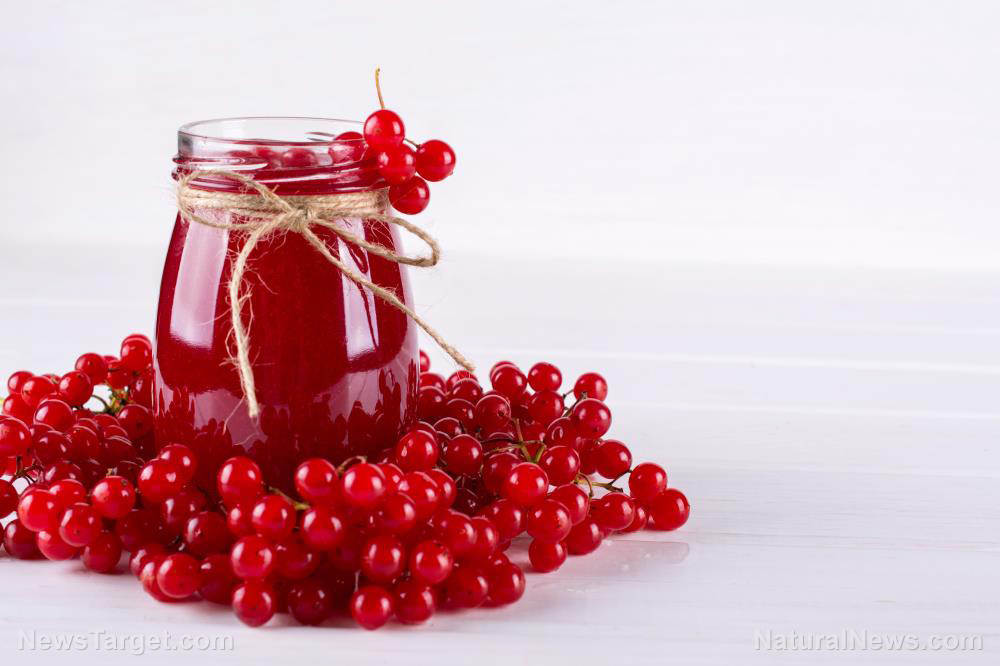Grapes have long been hailed as the “food of the gods” … they contain powerful antioxidants that protect your health
09/03/2018 / By Zoey Sky
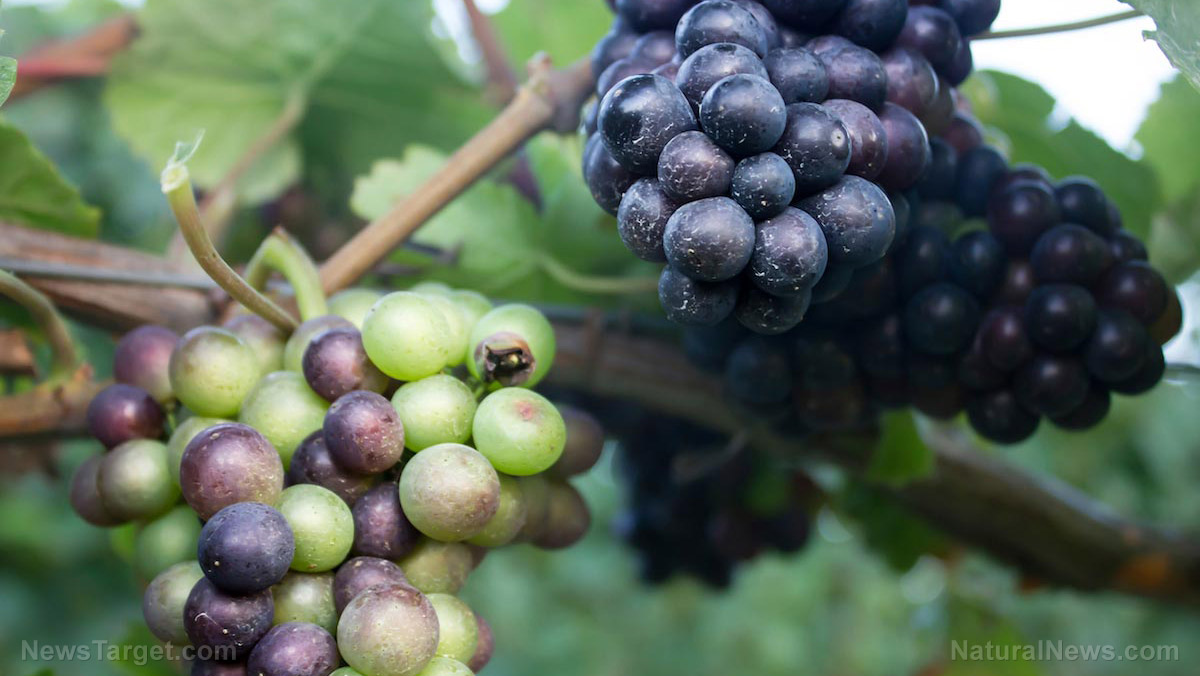
Grapes, or Vitis vinifera, has a scientific name that translates to “the vine that bears wine.” The vine produces berries that are either green (also known as “white”) or red.
There are seed and seedless grape varieties, but grape seeds are edible and full of nutrients. Grape juice, pulp, skin, and seeds can be used for various preparations.
The health benefits of grapes
Grapes and various grape products are rich in healthy antioxidants. Antioxidants are enzymes and nutrients that help prevent oxidation. This means antioxidants can neutralize free radicals, which are highly reactive ions or molecules in the human body. Antioxidants donate electrons or modulate enzymes that metabolize free radicals.
Free radicals are naturally produced via metabolism due to normal physiological functions, such as a defense mechanism against pathogens. However, free radicals can sometimes be produced in excess, which means they can negatively affect DNA, lipids, and proteins and cause different diseases.
Grapes also have polyphenols, and these phytochemicals are the best source of dietary antioxidants. Polyphenols offer various health benefits. The bulk of phenolic compounds in grapes can be found in the skin of the berry, and the content will often increase as the fruit ripens.
Red wine and grapes are full of flavonoids (e.g., anthocyanins and catechins), phenolic acids (e.g., caffeic acid and coumaric acid), and stilbenes (e.g., resveratrol). However, red grapes contain more phenolic compounds than red wine grapes.
Data from animal studies concerning phytochemicals have revealed that anthocyanins can help prevent oxidative stress. Oxidative stress is often the first sign of various chronic conditions, like cancer, cardiovascular disease, and diabetes.
Grape seeds are also full of proanthocyanidins, a class of nutrients that belong to the flavonoid family. Proanthocyanidins, which are also called condensed tannins, are polymers or naturally occurring large molecules. These polymers are made of building blocks known as flavan-3-ol monomers. Grape seed extract is sold as a nutritional supplement.
Meanwhile, partially purified proanthocyanidins are often included in phytomedicinal preparations in Europe since they can allegedly help reduce the fragility and permeability of the blood vessels outside the heart and brain.
The stilbenes in grapes are made up of resveratrol. The resveratrol in grapes can be found in the skin and seeds of red grapes and red wine, and it is produced as the vine’s defense mechanism against environmental stressors. Resveratrol is considered the reason behind the “French Paradox,” or the phenomenon wherein French people often had a low incidence of heart disease even if they followed a “typically high-fat diet.” The antioxidant activity of grapes is closely linked to its resveratrol content.
According to study findings, resveratrol had anti-carcinogenic, anti-inflammatory, and cardioprotective activity in animal models. But in a human study where healthy adults consumed resveratrol, results showed that while the compound was easily absorbed, it was metabolized quickly and left only trace amounts. Additionally, grapes are full of vitamin K. The fruit also has average amounts of potassium, vitamin C, and B vitamins.
Grapes are the most common ingredient in wine-making. Wine was frequently used as a medium for herbal remedies because of the alcohol’s solvent nature. Various aperitifs and liqueurs were first used as digestive aids, and they were made with wine and fortified with herbs like anise seed. Medicated wines, which weren’t as potent, often required a higher dosage than tinctures that contained higher-proof alcohol.
Generally sweet, grapes are consumed in modern cooking as jams, jellies, juices, table grapes, or in wines. Grapes can also be dried in the vineyard and turned into raisins. The fruit can also be used in pastries, salads, and sorbets.
Grapes in modern research
Studies on grapes have analyzed the fruit’s bioactive compounds, including flavonoids, phenolic acids, and stilbenes. According to researchers, the fruit has anti-diabetic, anti-infectious, antioxidant, anti-atherogenic, anti-tumor, immune modulatory, and neuroprotective properties.
Grape seed extract (GSE), which has been the topic of various studies, can be used to lower blood pressure and minimize the risk of heart disease, specifically among pre-hypertensive populations. Seeds from both white and red grape have beneficial compounds.
The polyphenols in grapes can help protect the body from inflammation, which is common among individuals with heart disease. Data from in vitro animal and limited human trials have revealed that grapes can help prevent oxidative stress, atherosclerosis/a plaque build-up in arteries, high blood pressure, and ventricular arrhythmia/an irregular heartbeat. (Related: Natural compounds in grapes found to decrease inflammation in the brain, ease depression symptoms.)
There are also studies on the antioxidant activity of polyphenols and their cancer chemopreventive effects. These antioxidants can help protect the body from cancer-causing substances. Antioxidants can also prevent tumor cell growth by protecting DNA and regulating natural cell death.
Studies on grapes and their benefits for patients with diabetes have shown that the fruit’s polyphenol content can help prevent fructose-induced insulin resistance. In a separate study, individuals with diabetes who were given a dealcoholized Muscadine grape wine experienced reduced fasting insulin levels and increased insulin resistance.
You can read more articles about the health benefits of grapes and other natural cures at Healing.news.
Sources include:
Tagged Under: anthocyanins, antioxidants, botanicals, cancer, cardiovascular disease, diabetes, diet, food of the gods, food science, fruits, grape seed extract, grapes, groceries, GSE, heart attack, herbal medicine, herbal remedies, natural cures, natural healing, natural medicine, natural remedies, phytochemicals, polyphenols, prevention, remedies, research



